
Whether you're just replacing your front door, remodeling your home, or on a new build, you might wonder what the point is of having an overhang or awning above your front door. Do you really need one? Or is it just something that's nice to have? We get this question quite often at RealCraft, so we decided to write a blog post about it! Here's everything you need to know about overhangs for exterior doors, and how to protect your doors from sun and weather damage.
What is a door overhang?
A door overhang is any awning or other structure that extends out from the wall horizontally to protect the door from the sun. It can have posts or columns, like a portico. But it can also come without posts if your style leans more modern or contemporary. There are many styles and versions of door overhangs, so you can choose a design that works with your home.
Why do you need a door overhang?
If your front door is going to be a wooden door, an overhang is a must. This is because the sun and/or weather exposure can damage your wood door. This is true whether you use paint, varnish, or oil-based finishes. Front doors without protection can experience fading, water damage, and by extension fungus or mold growth.
How big does my door awning have to be?
The size of your awning depends a little bit on the height of your door and the direction it's facing. But in general, and according to our door warranty, your door overhang should extend out 30% of the height from the base of the door to the bottom of the overhang. For example, an awning placed 100” above the base of the door should extend out at least 30” out from the face of the door. If your door faces South or West, or gets a lot of direct sunlight, you may want to make the overhang even longer to be on the safe side. We have some technical drawings that illustrate our recommended Door Roof Protection Plan for you to use as a guide.
What are the benefits of door overhangs and porticos?
Besides protecting your door, an overhang has other benefits! Chief among them is that by shielding your house from sunlight, overhangs can reduce your air conditioning bill. This is especially true if your front door has glass and lets in a lot of natural light. Wider awnings can also protect outdoor furniture.
What material should my door canopy be made out of?
You can make your door canopy out of many materials, including wood and metal. Aluminum and copper are good choices for metals. The best wood species for exterior use are White Oak, Western Red Cedar, and Sapele Mahogany. You can also look into chemically treated woods like Accoya. These chemically treated woods are treated to withstand outdoor use. Many porticos incorporate actual roof shingles or tiles, coordinating the portico with the rest of the house. We wouldn't recommend fabric awnings.
What else can I do to protect my wood front entry door?
Here are some simple ways to take care of your wooden front door:
- Reapply the finish regularly if using Osmo. We recommend reapplying once a year at minimum.
- If not using paint, make sure your door finish has UV protection.
- Adjust your door sweep and replace the weatherstripping if it starts to look worn out.
- Install a suitable threshold. We use a White Oak threshold on our entry doors that allows water to roll away instead of gathering in ridges or by the door jamb (frame).
- Clean your doors annually with mild soap (no bleach!)


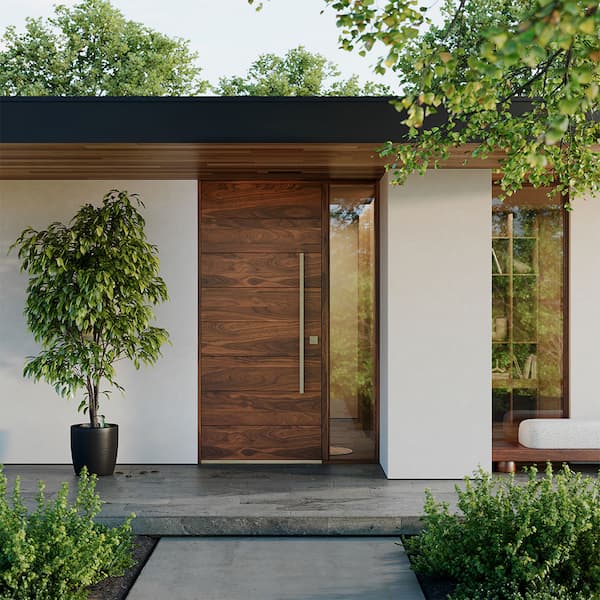


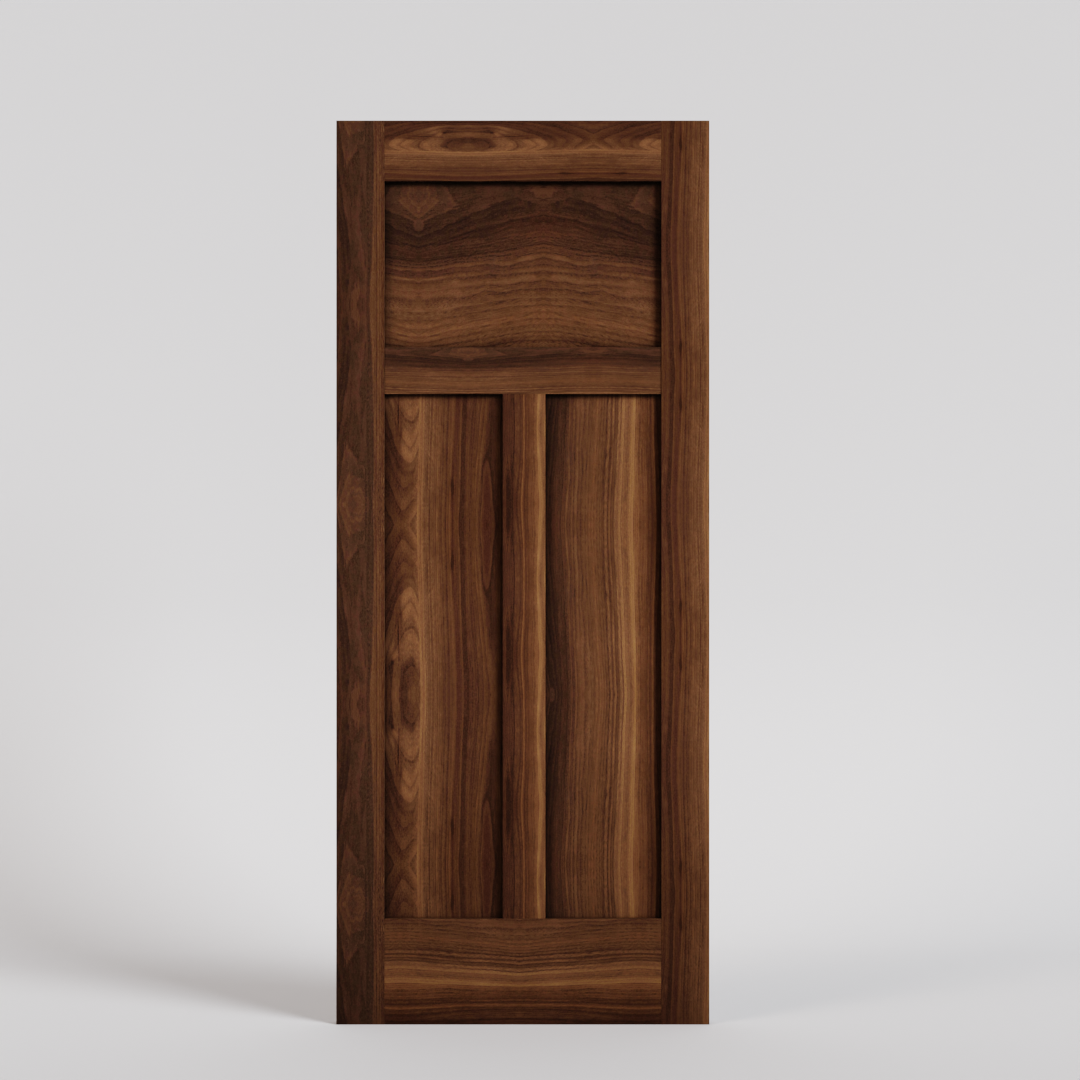
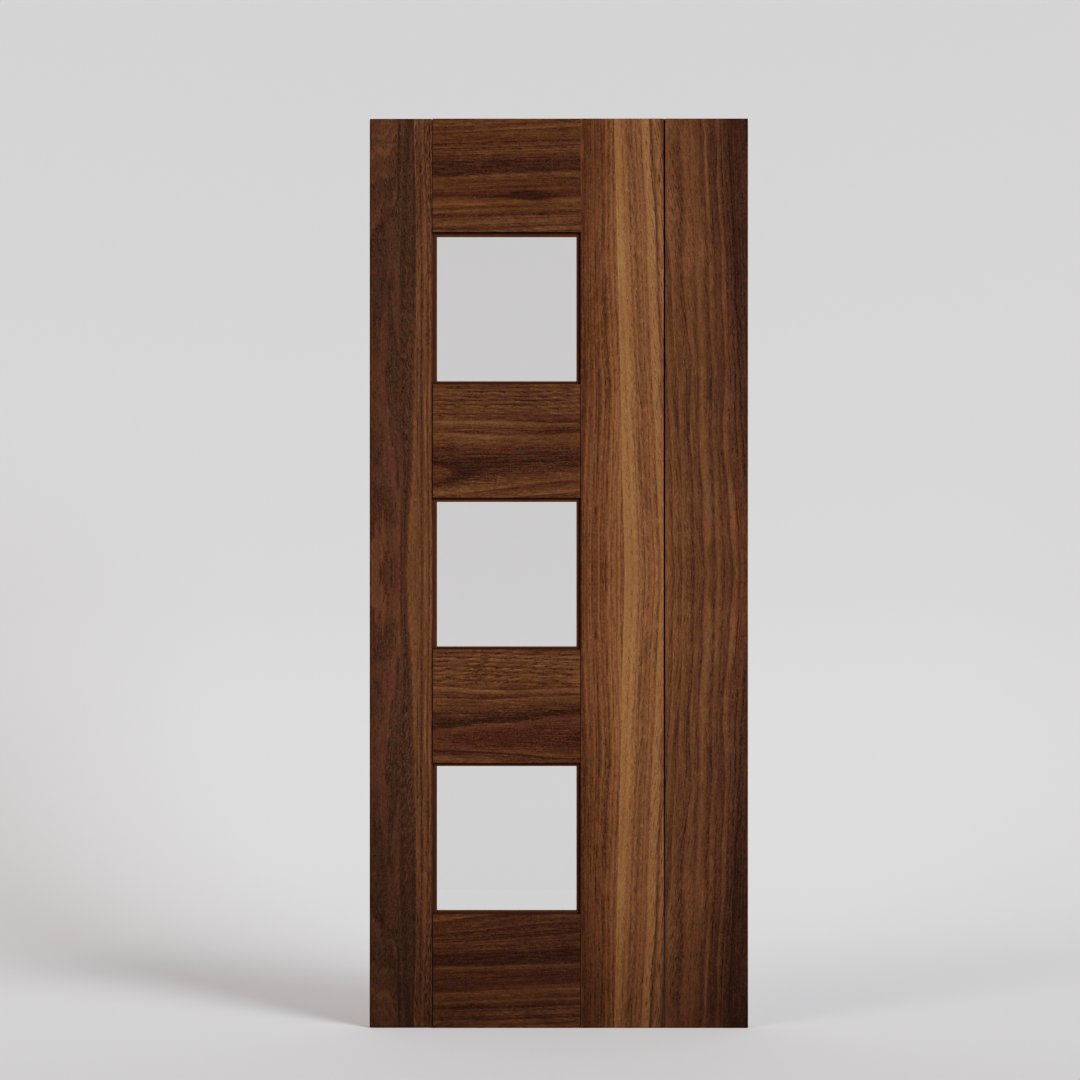
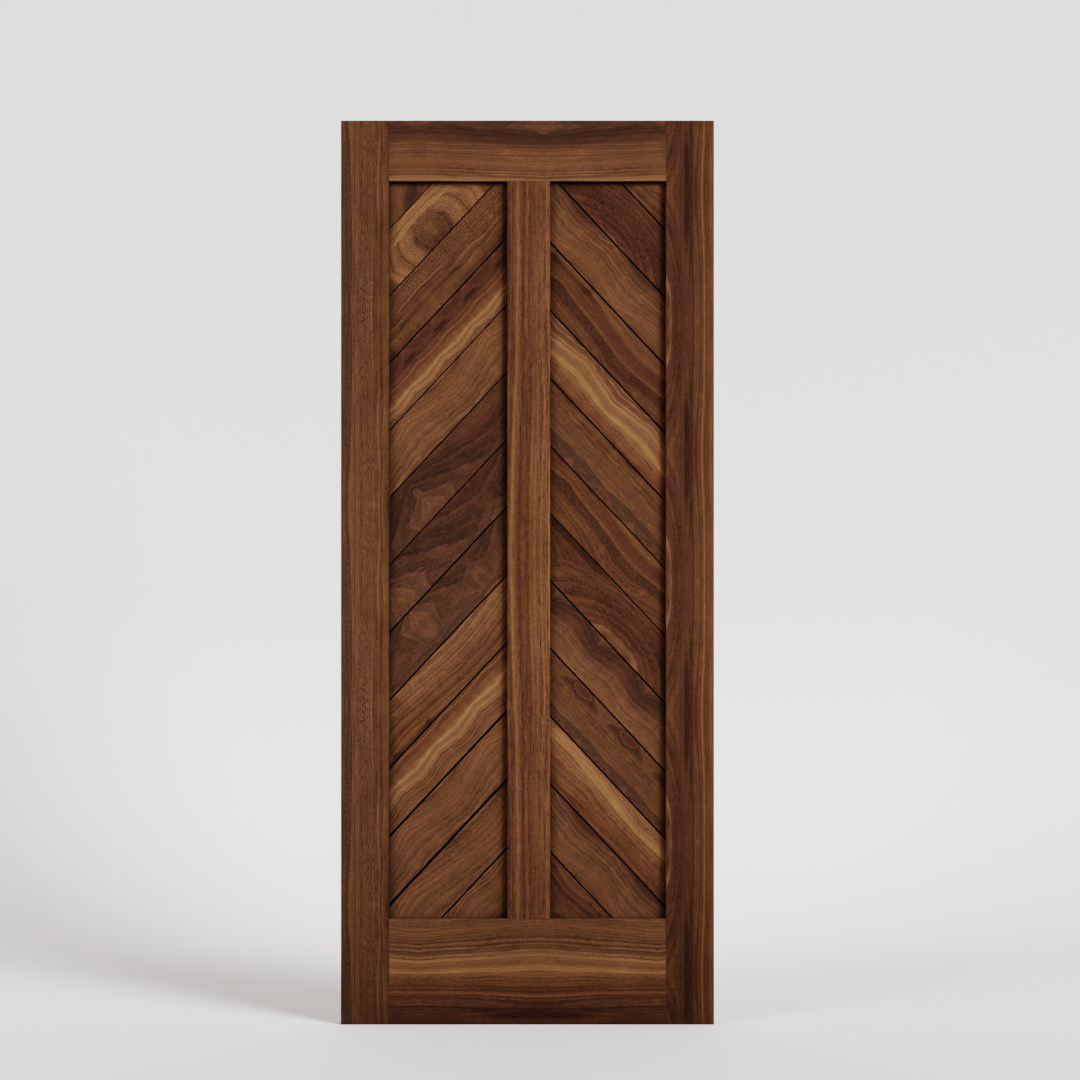
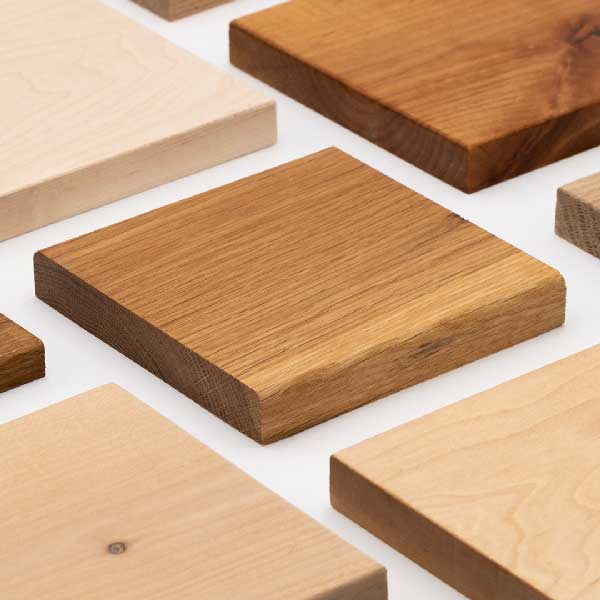

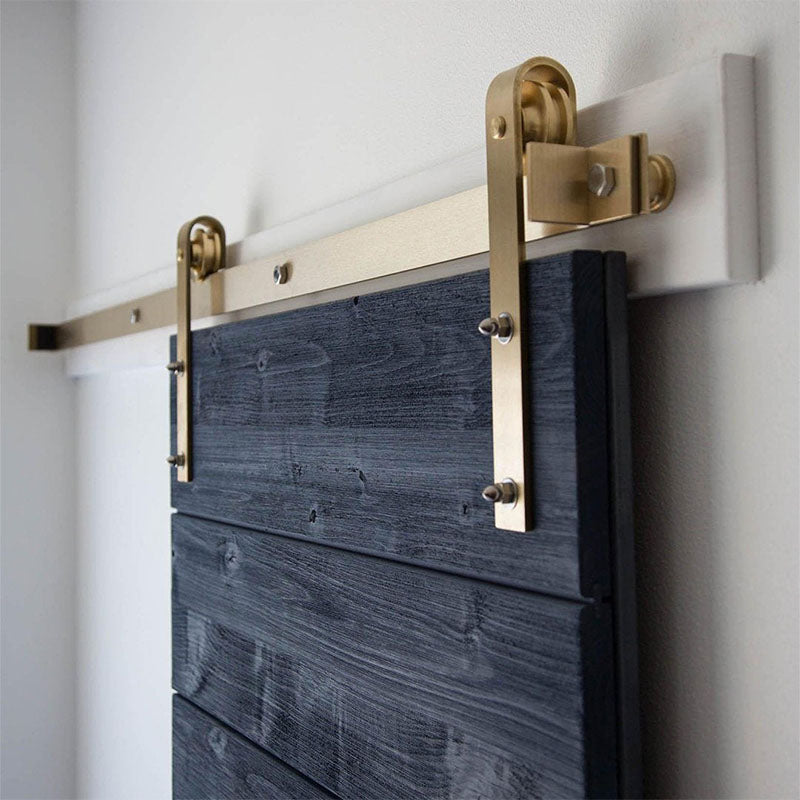
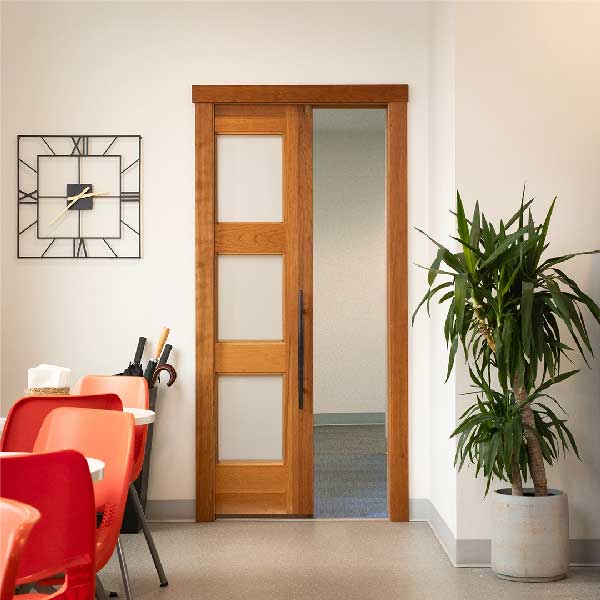

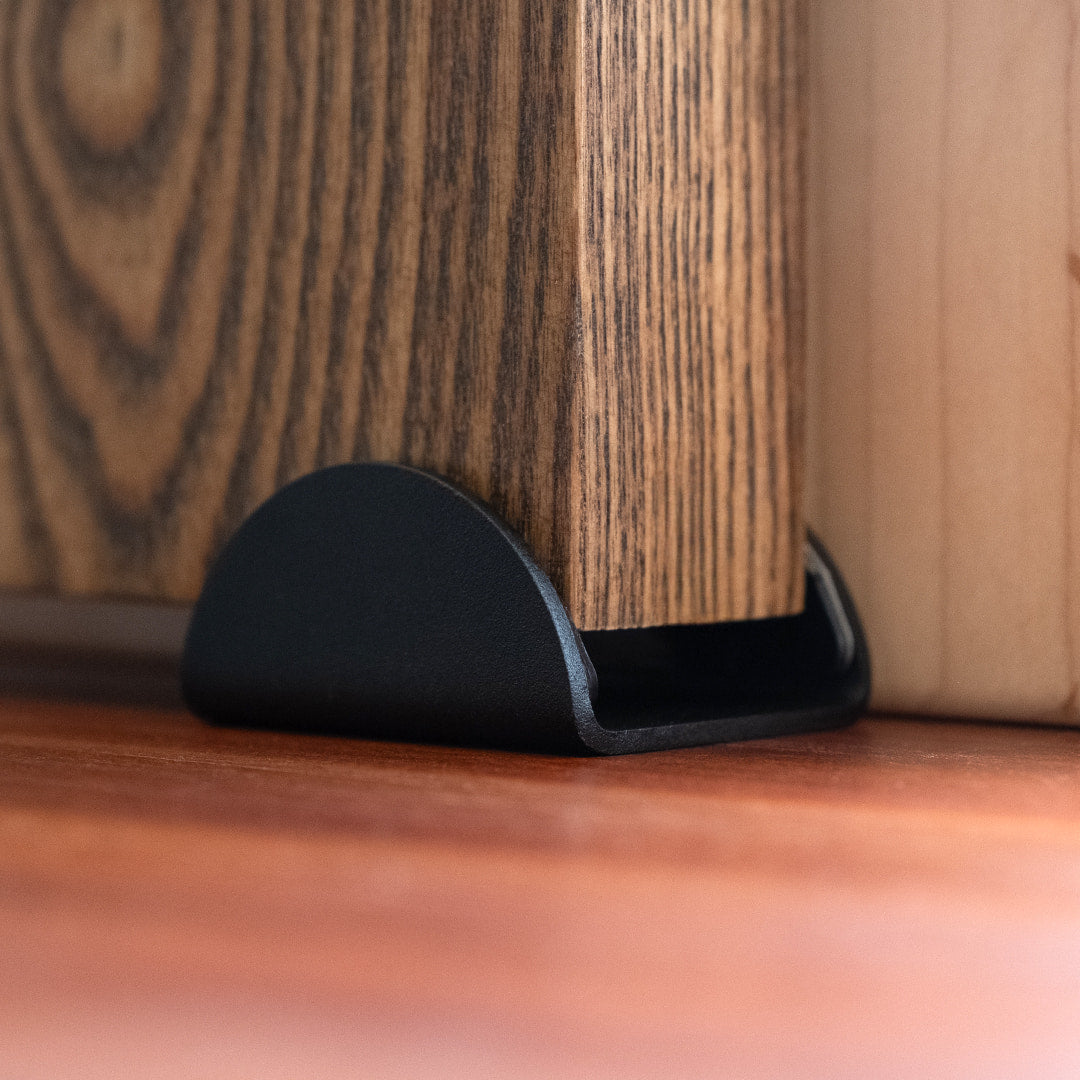
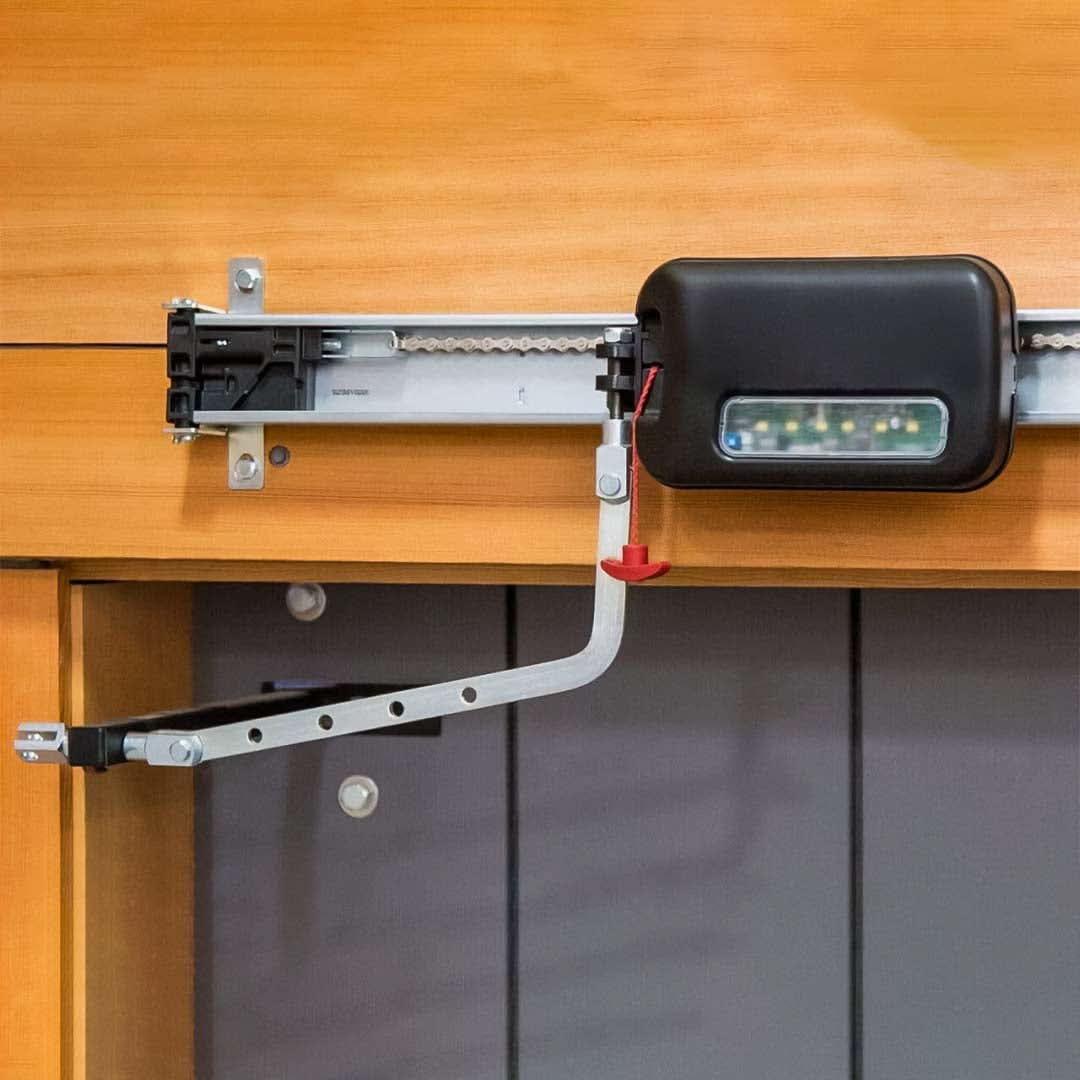








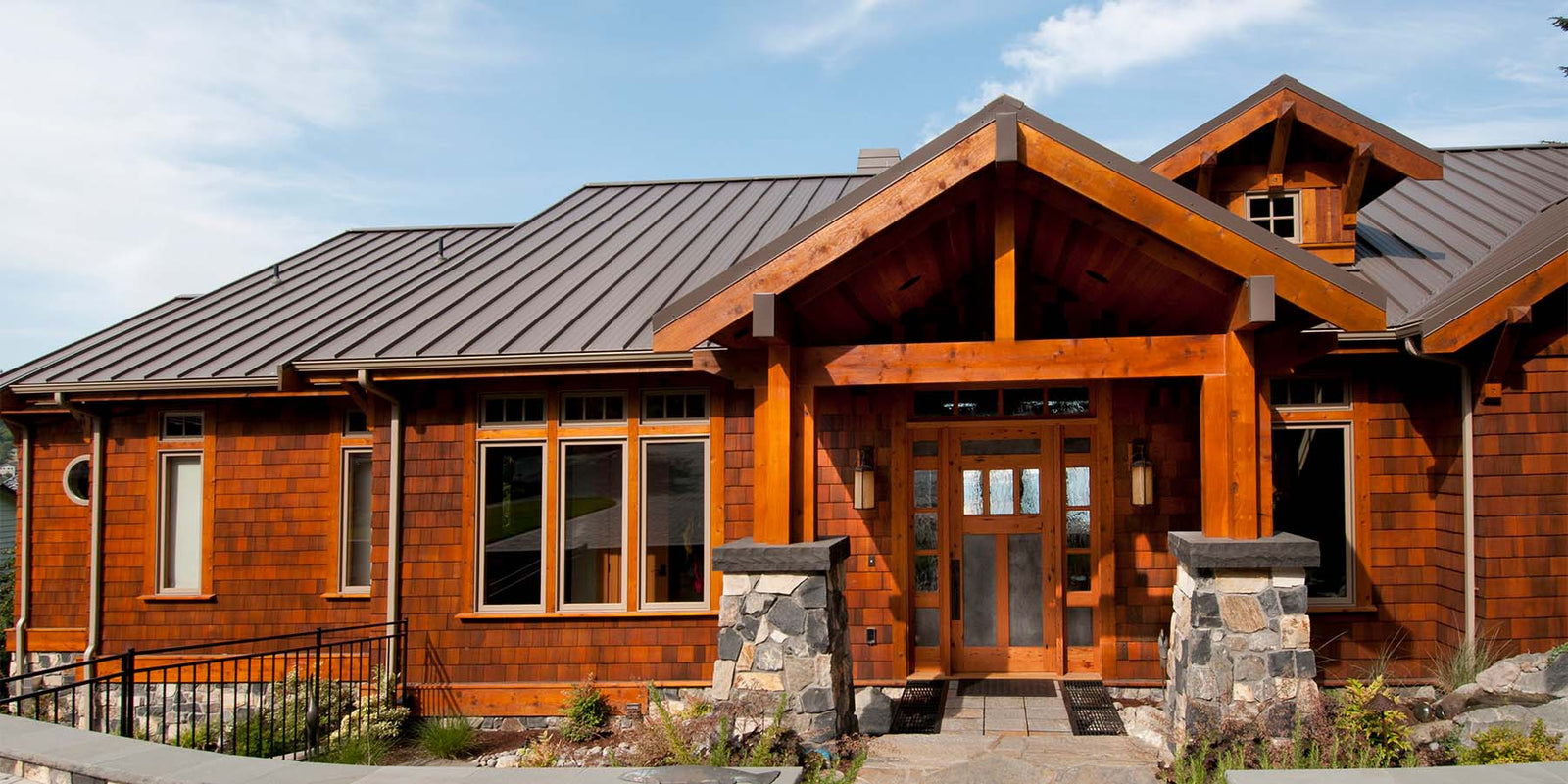


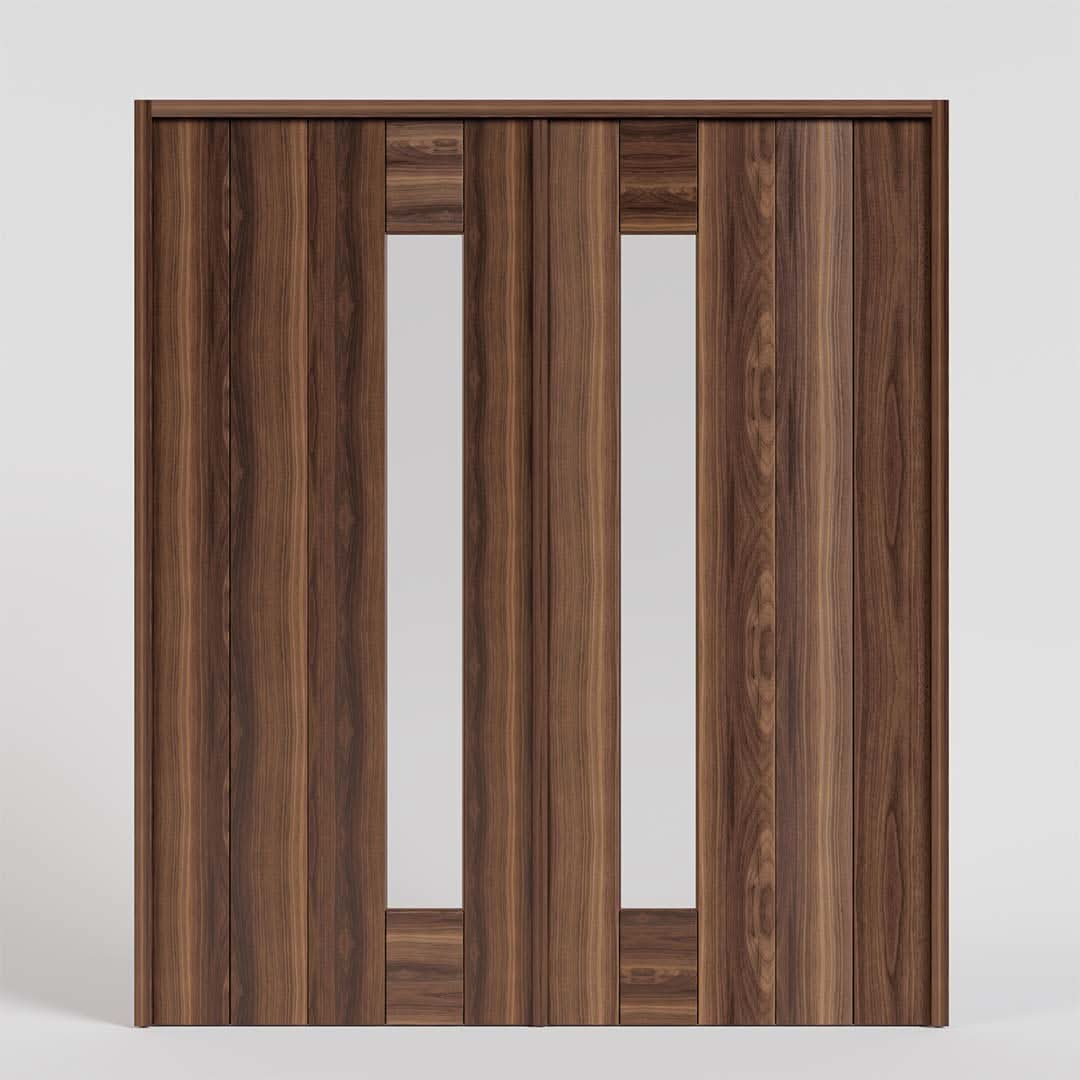
Leave a comment (all fields required)